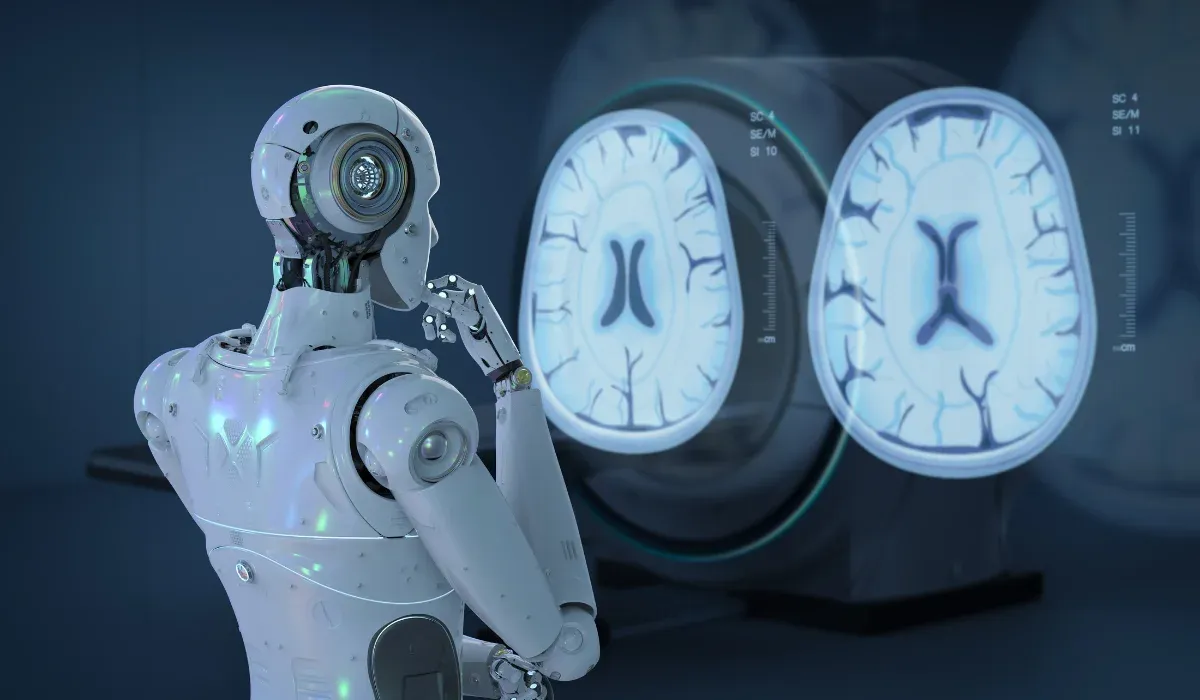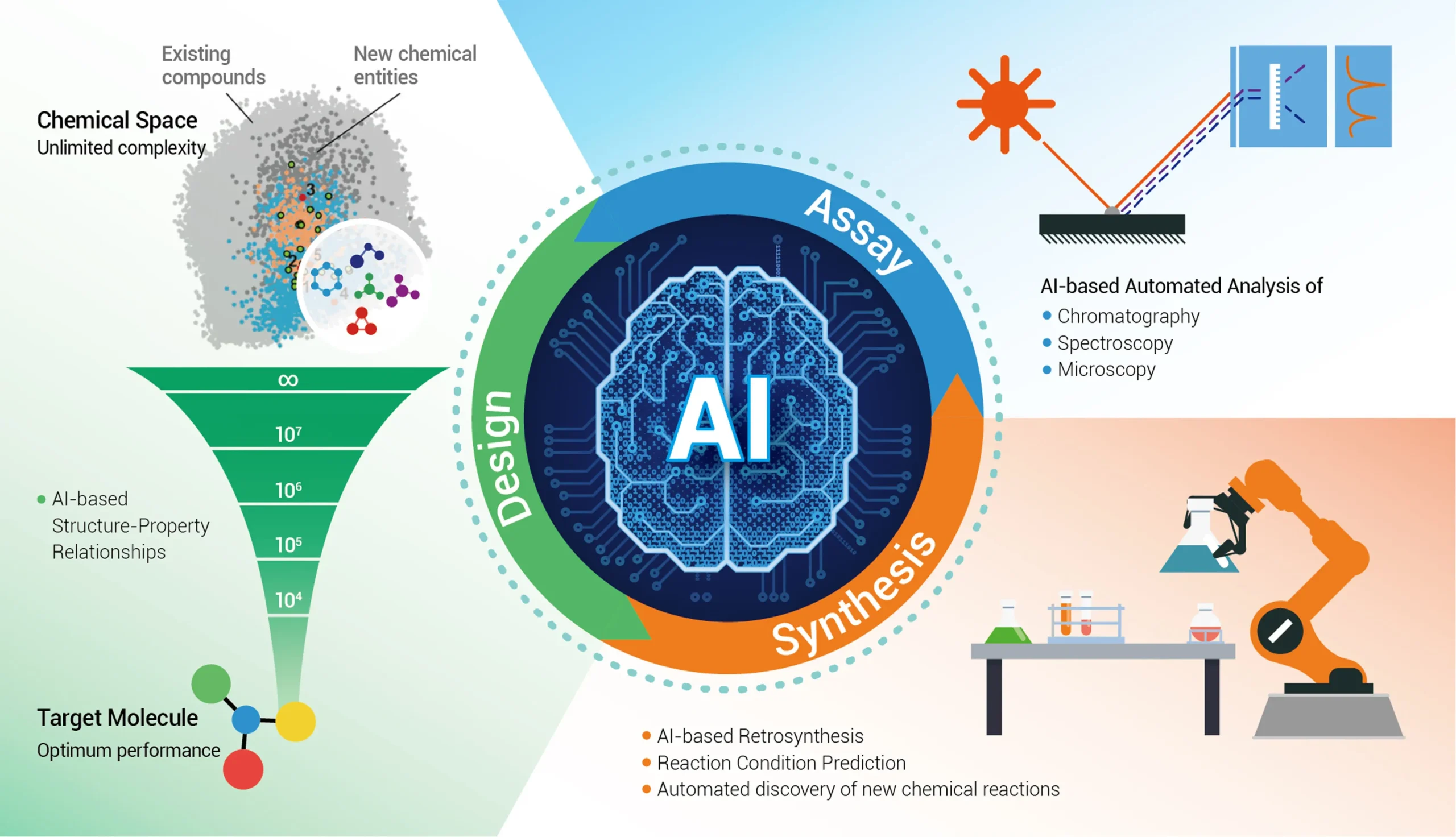In a world constantly seeking accelerated solutions for complex challenges, a burgeoning start-up, Lila Sciences, emerges as a beacon of innovation, embodying the fusion of artificial intelligence with scientific discovery. Situated in the academic hub of Cambridge, Massachusetts, Lila Sciences has unveiled its plan to push the boundaries of what’s possible, aiming to revolutionize our approach to some of the most pressing global issues through “scientific superintelligence.”

From Concept to Reality: The Impact of AI in the Lab
For decades, the scientific community has toiled through slow, methodical processes to achieve breakthroughs. Today, companies like Lila Sciences are poised to transform this landscape dramatically. With an injection of $200 million in funding and a team rich in expertise and experience, Lila Sciences has developed an advanced AI program meticulously trained on vast datasets encompassing published research and experimental results.
This program is not just another tool in the lab; it’s at the forefront, steering experiments in automated setups meticulously designed to test hypotheses at unprecedented speeds. Geoffrey von Maltzahn, CEO of Lila Sciences and a distinguished MIT alum, passionately states, “AI will power the next revolution of this most valuable thing humans ever stumbled across — the scientific method.” This bold assertion captures the essence of the start-up’s mission: to enhance and expedite the hypothesis-experiment-test cycle, potentially exceeding human capabilities in generating novel solutions.

Challenges and Future Prospects
Lila’s AI isn’t confined to theoretical applications; it’s already proving its worth. Within mere months, the AI system has pioneered the development of novel antibodies aimed at combating diseases and engineered new materials designed to capture carbon emissions effectively. These advancements, typically the fruits of years of laborious research, underscore the transformative potential of integrating AI into scientific research.
The implications of such advancements are profound, spanning from healthcare, where new drugs can be discovered and brought to market rapidly, to environmental science, offering new strategies for combating climate change. This leap in efficiency and effectiveness could fundamentally alter how research institutions and companies approach scientific inquiries, making significant impacts more attainable.

Despite the optimistic outlook, the journey toward “scientific superintelligence” is fraught with challenges. The field of AI in scientific research is still in its infancy, with much to learn about the capabilities and limits of these systems. External experts like David Baker, a biochemist and Nobel laureate, view AI with cautious optimism, recognizing its potential while acknowledging its current role as a powerful auxiliary tool rather than a standalone solution.
As Lila Sciences continues to navigate these uncharted waters, the scientific community watches with bated breath, hopeful yet realistic about the potential upheavals in traditional research methodologies. The road ahead is uncertain, and while early successes provide a glimpse into a promising future, the true test will come as these AI systems attempt to tackle increasingly complex problems.









